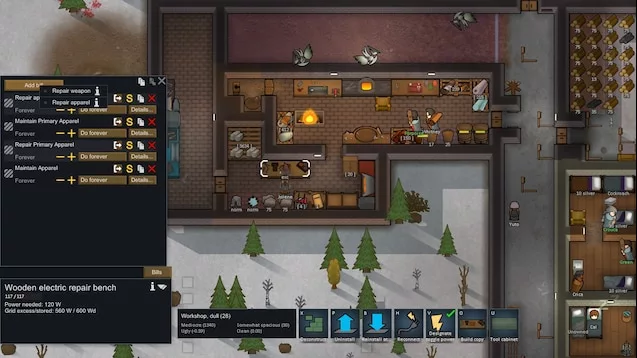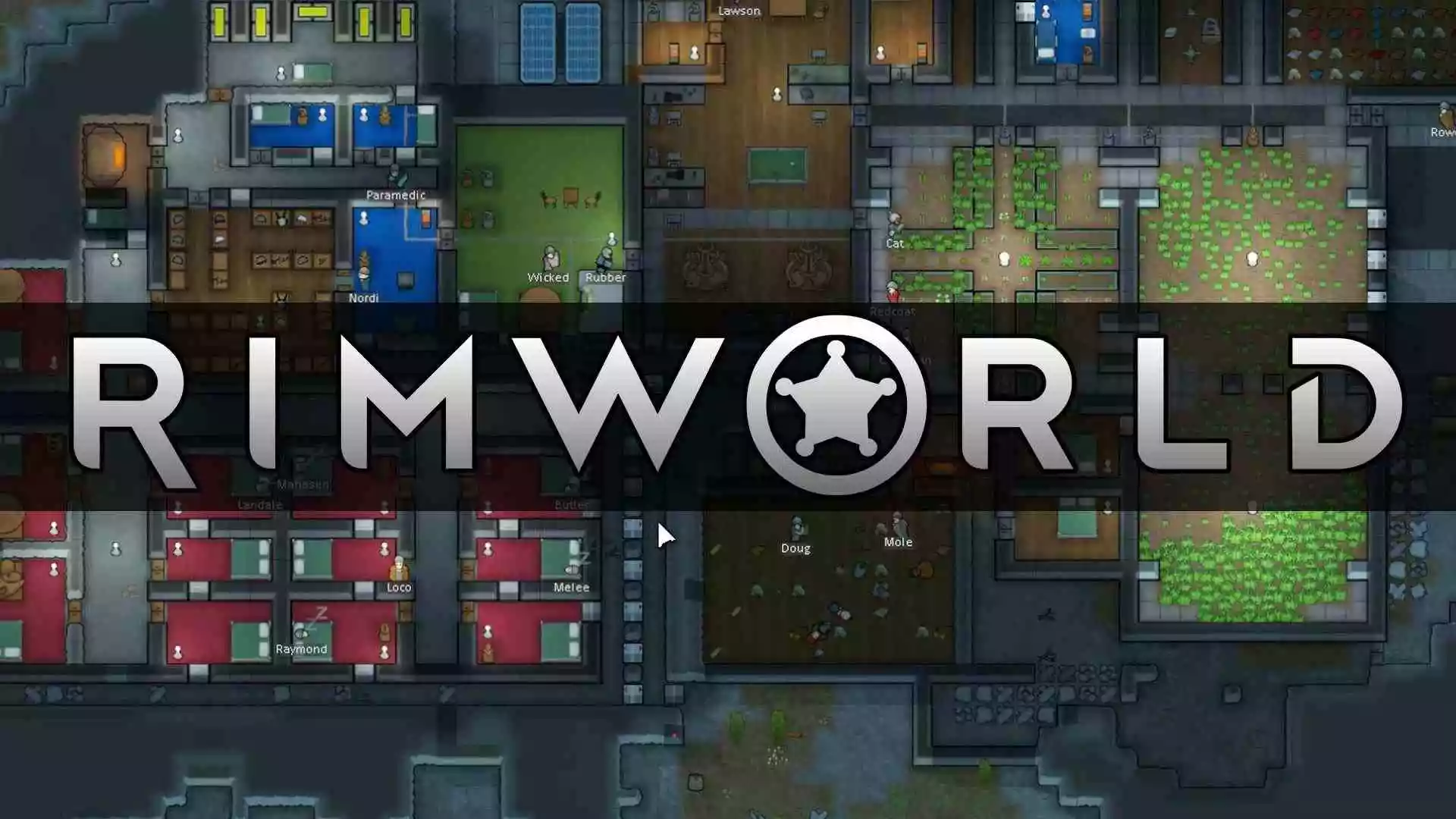Your colonists’ existence in the harsh, cruel environment of RimWorld rests on their capacity to endure the threats that loom over every corner. Making sure their armor stays in top shape is an important part of their defense. In this difficult colony management and survival game, the RimWorld Repair Armour Guide is your key resource for learning the craft of maintaining armor.
We will delve deeply into the mechanics of maintaining and mending armor in this tutorial, whether it is the reinforced colony defenses or the personal gear worn by your colonists.
This article will give you the knowledge and tactics to keep your colonists safe in the face of persistent dangers, from comprehending the physics of armor deterioration to knowing the most effective techniques to repair and enhance protective gear. Here is our RimWorld repair armor Guide.
RimWorld repair armor Guide

It is imperative that we have a firm understanding of how armor wears down over time in RimWorld before we proceed with the repair process.
Damage is absorbed by armor, which prevents it from having an immediate impact on your colonists. However, there is a cost associated with this absorption. Over time, armor suffers damage and loses some of its effectiveness, making it less useful. When it is worn to the point that it reaches a specific threshold, armor loses some of its defensive qualities.
In RimWorld, each individual piece of armor has its own unique durability. Its state gets worse as it continues to take in damage over time. To determine how long an item of armor will last, choose a colonist, go to the “Inspect” tab, and then move your cursor over the colonist’s armor while it is equipped.
Damage to armor can come from a variety of different situations, such as being in combat, being exposed to the weather, or just regular wear and tear. When prioritizing repairs, it is helpful to have a solid understanding of the fundamental causes of degradation.
Establishing a specific location inside your colony for the purpose of doing repairs in a timely manner is really necessary. The configuration should look like this:
STEP 1: Crafting Spot
Establish a space inside your colony that is easily accessible for crafting purposes. This option is located in the Architect menu’s “Production” tab and may be accessed from there. When it comes to fixing armor, a crafting place doubles as a makeshift workshop.
STEP 2: Stockpile Zone
Build a stockpile area close by, and designate it only for the purpose of storing broken armor and the components needed for repairs. Put this stockpile in charge of accepting clothing and other textiles. Be sure to include a diverse selection of materials in the stockpile, as various kinds of armor have varying requirements for the kind of resources that may be used for repairs.
STEP 3: Assigning a Skilled Crafter
Choose a colonist who has a high level of experience in crafting and put them in charge of that location. A greater level of crafting skill leads in repairs that are both more effective and faster. This experienced artisan will be in charge of fixing armor for your colony when they arrive.
STEP 4: Prioritization
The damaged parts of the armor that require immediate care must first be located. To accomplish this, first choose a colonist and then click on the “Gear” icon located in the bottom right corner of the screen. You will see a list of their equipped gear, with the durability of each piece of gear listed next to its name.
STEP 5: Selecting Armor for Repair
Choose the colonist whose equipment you want to fix from the list. Simply prioritizing the repair of the broken item requires you to click on the item in their gear list.
STEP 6: Crafting Task
Your designated crafter will be able to identify the prioritized armor on their own and will proceed to the location where crafting takes place. After that, they will use the resources at their disposal to repair the chosen piece of armor. Because this method requires both time and resources, you will need to ensure that you have an adequate supply of each of these.
STEP 7: Quality of Repair
The ability of the person who was tasked with the repair determines the level of quality achieved. A greater level of crafting skill leads in repairs of a higher grade, which implies that the armor will remain functional for a longer period of time before requiring more maintenance.
Maintaining Armor Durability
Although maintaining your colonists’ protective gear by repairing their armor is crucial, there are additional preventative actions you can take to ensure that it is in excellent shape for as long as possible.
1. Clearing Work Schedules
Establish distinct work schedules for your colonists to follow. Make sure they have sufficient time set out for relaxation and entertainment. When colonists are fatigued, they have a higher risk of making mistakes, which increases the likelihood that their armor will be damaged during combat.
2. Proper Storage
Keep your armor and clothes safe from the weather by storing it in stockpiles that are shielded from the outdoors, such as those that are inside. Armour can deteriorate more quickly when exposed to high temperatures and high levels of dampness.
3. Quality Materials
Make your armor out of materials of the highest feasible grade wherever you can. In general, armor of a higher quality has better endurance, which means it deteriorates at a slower rate over time.
Conclusion
Armour can be the difference between life and death for your colonists on the cruel planet of RimWorld. Your colony’s prospects of survival can be greatly increased by comprehending the mechanisms underlying armor deterioration, building up a productive repair area, and placing maintenance in the highest priority.
Protecting your colonists is important, but mastering the skill of armor maintenance is also a test of your strategic acumen as a RimWorld player. According to the instructions provided in this “RimWorld Repair Armour Guide,” you can make sure that your colonists are well-equipped and ready to take on the persistent difficulties of this harsh frontier.
Follow us on Twitter & like our Facebook page for more post-updates.

An experienced gaming content writer who emphasizes on offering the most recent information and how-to tutorials for the trending titles. Being a Hardcore gamer himself, he likes to try an array of games and likes to spend his time exploring them. He likes to unwind by listening to R&B music when he’s not writing about gaming stuff.

